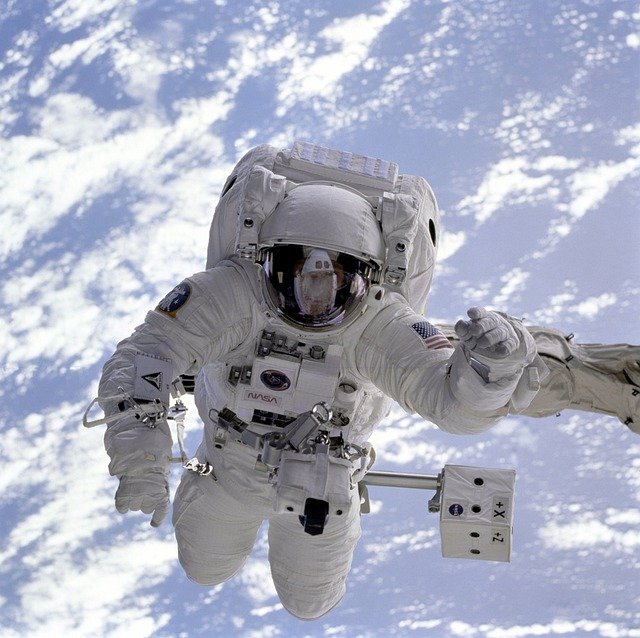Researchers from Japan presented a paper where they proved the effect of microgravity on human muscles. For example, astronauts who have been working in space for more than six months have less control over their bodies and even learn some movements anew.

A group of Japanese scientists investigated how microgravity conditions can damage skeletal muscles, which are important for maintaining posture. They are located on the limbs, back, neck, they are also called “antigravity” because they help to carry loads, stand straight and move against gravity. The researchers’ work suggests that the effects of microgravity can have significant consequences for astronauts returning after a long stay in space.
The team studied the neuromuscular properties of astronauts who had spent a long time in space. These muscles are located in the calf and inner thigh and are responsible for carrying the load and help to maintain an upright position in normal gravity. In microgravity, these muscles are “unloaded”, they have nothing to act on, which leads to a gradual atrophy of their fibers and nerves.
The authors of the study studied how the morphological, functional and metabolic properties of the neuromuscular system react to gravitational unloading in microgravity and lower gravity. To do this, they launched simulation models of humans and rodents and studied how motor neurone signals between skeletal muscle and the central nervous system regulate neuromuscular properties.
Their analysis confirmed that these signals play a key role in the regulation of muscle properties and brain activity. They reduce the structural units of the muscles, which leads to a decrease in their development, leading to atrophy. The results of the study show that staying in low gravity conditions affects muscles and nerves, which leads to a deterioration of motor control.
These findings coincide with the symptoms reported by astronauts after returning to Earth. They had difficulty walking, despite regular physical activity on board the ISS — the use of treadmills, exercise bikes and resistance training. Their work also showed that additional problems may arise if astronauts are in microgravity for six months or more, as, for example, during a potential flight to Mars.
The study also points to possible solutions to the problem. To begin with, they recommend stimulating the plantar muscle during exercise, which can be done by running or walking slowly on a treadmill with landing on the back of the foot. The addition of cords for additional resistance and periodic passive stretching of the plantar muscle also reduces the risk of atrophy. This research could play an important role in developing appropriate countermeasures for future long-duration space flights.
